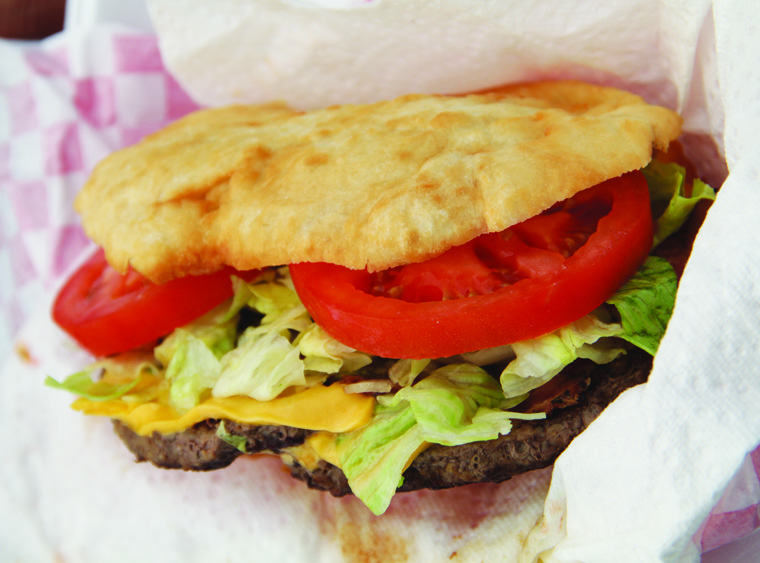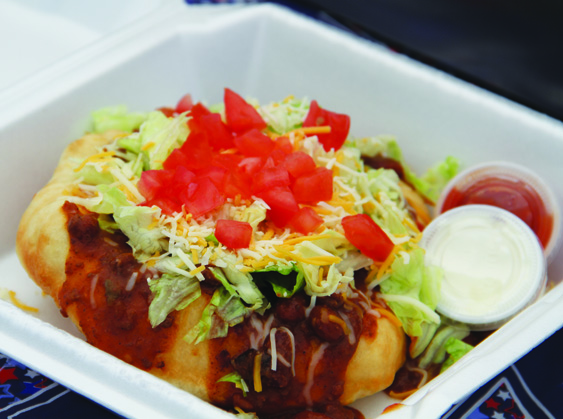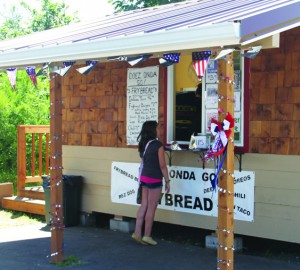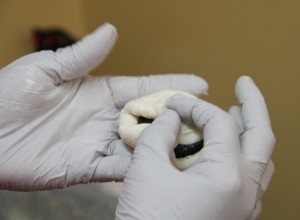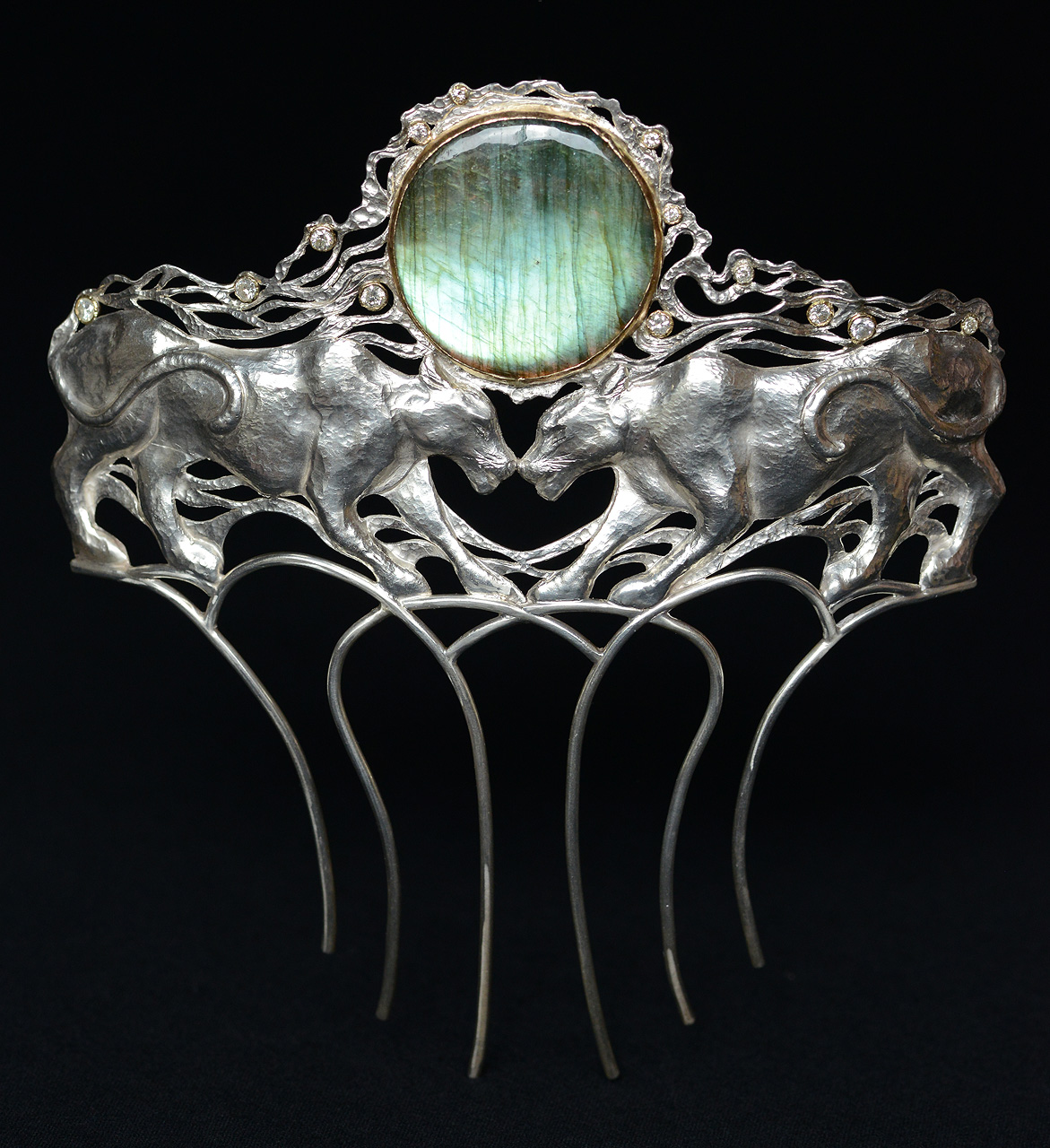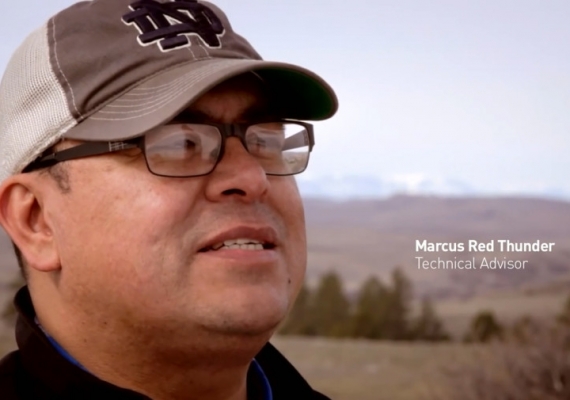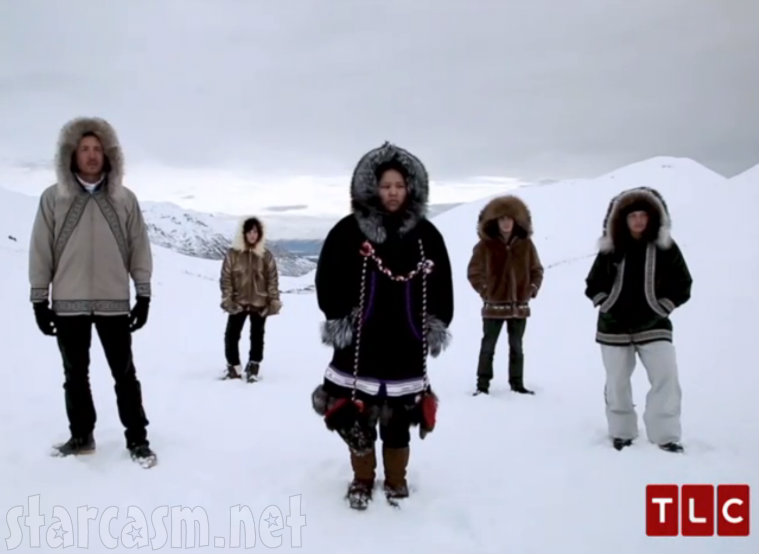When a big apparel or furnishings manufacturer looks to Native culture for inspiration, the result is “Native-inspired” product that has better distribution than most actual Native designers can hope for. These designers can get the feeling they’re having their pockets picked by the big boys — and in extreme cases they undoubtedly are. Louie Gong, Nooksack, one of today’s most successful Native design entrepreneurs, has seen it happen enough in his field, and he’s decided to do something about it with a project called Inspired Natives, an initiative to promote Native artists.
According to Gong’s website, the initiative’s goals include: build the business knowledge and capacity of popular Native-arts entrepreneurs so they can meet demand for their work worldwide; show companies how to create and sell products featuring Native art in a way that supports Native people; and raise awareness about the cultural and economic impact of cultural appropriation and misrepresentation.
RELATED: Ancestral Chops: Paul Frank Native Designer Louie Gong
The first designer Gong has tapped for the project is Michelle Lowden, Acoma Pueblo. Lowden now has her own section at eighthgeneration.com, featuring pillows, a blanket, and a notebook with her “Transformation” design, and mobile phone cases with her “Rainstorm” design.

Gong started Inspired Natives because he’s frustrated with “Native inspired” clothing and other products produced by large companies. He believes each “Native inspired” product represents not only a missed opportunity for talented Native artists to build knowledge through collaboration, “it also presents a tangible barrier to Native arts entrepreneurs who must compete for a spot on shelves already dominated by non-Native companies producing products featuring appropriated art. At the same time, socially conscious consumers who appreciate Native themes and aesthetics … are consuming these products without conscious awareness of how patronage either supports or undermines the work of indigenous artists and entrepreneurs.”
Gong encourages consumers to support artists who are inspired Natives, not Native-inspired artists; think before they buy a product featuring indigenous art; and use the hash tag #INSPIREDNATIVES.
Read more at http://indiancountrytodaymedianetwork.com/2014/07/15/why-buy-native-inspired-products-when-you-can-get-real-thing-155797



 some native beats to enjoy, visit the links below. Both stations play 24/7 and can be listened to on either a PC or on your smart phone (there’s an app).
some native beats to enjoy, visit the links below. Both stations play 24/7 and can be listened to on either a PC or on your smart phone (there’s an app).
